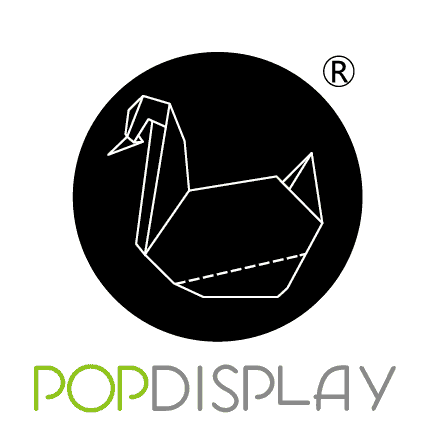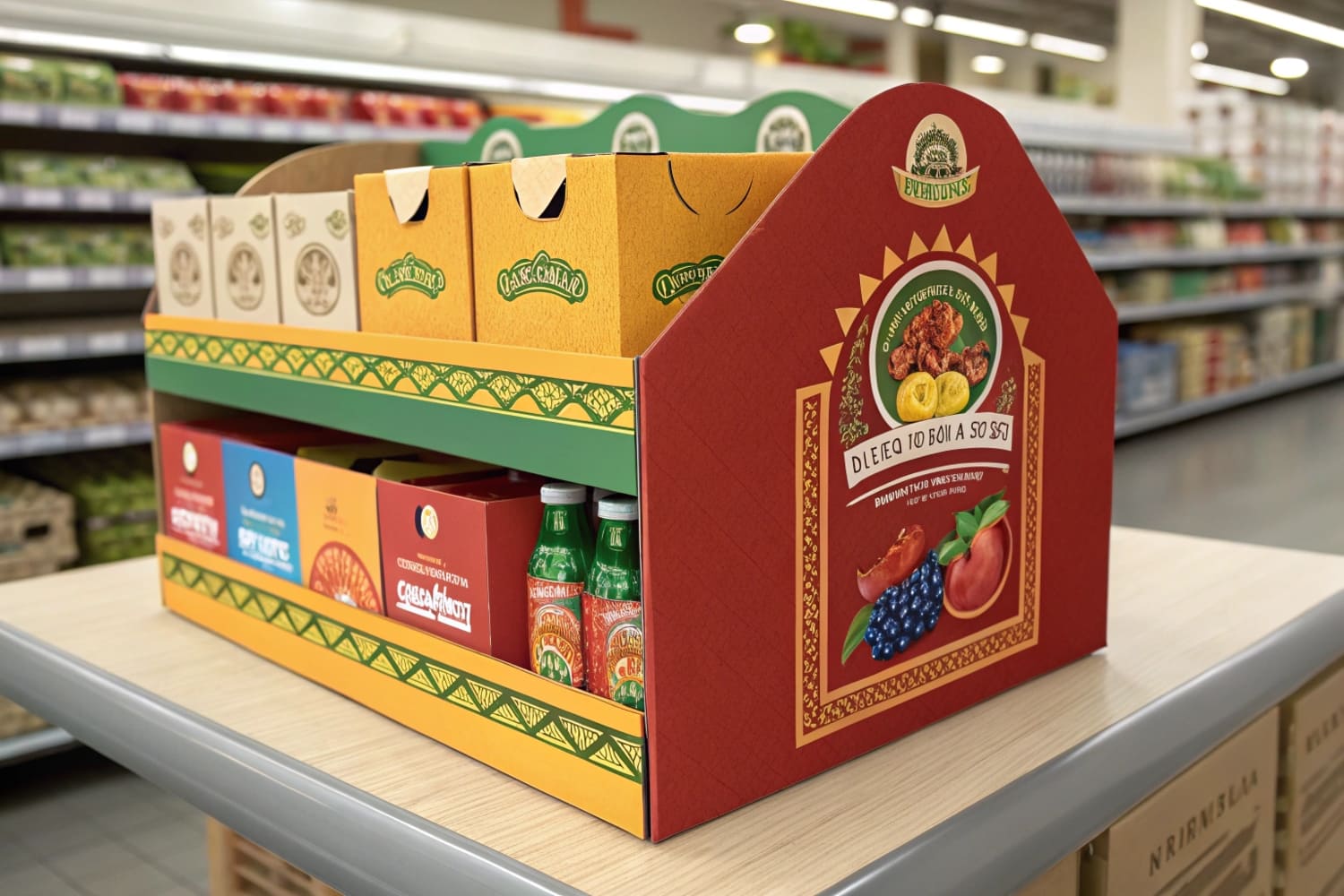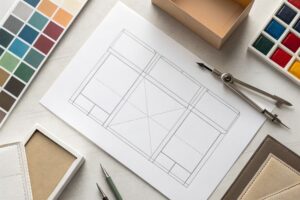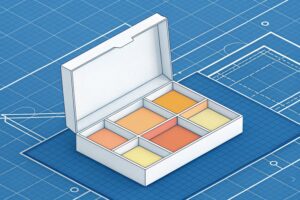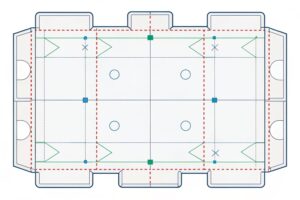I sell in busy stores. I fight for attention and profit. High cost and slow lead time hurt me. I need fast, clean, strong displays that fit my brand and my budget.
Choose cardboard because it gives low cost, fast prototyping, sharp printing, strong but light structures, and easy recycling. It supports custom shapes and sizes. It speeds seasonal launches. It reduces freight. It fits retailer rules. It protects margins while still looking premium.
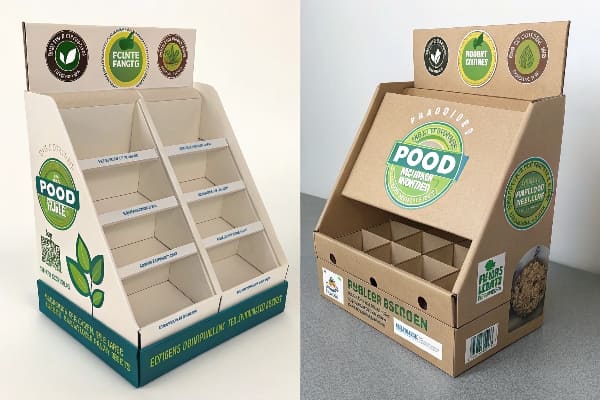
I want you to see what works in real stores. I use simple logic, clear tests, and short cycles. I share a quick story and a plan you can copy today.
What are the advantages of cardboard boxes?
Many buyers feel pressure from deadlines and budgets. They also face new sustainability rules. They need a material that solves cost, time, and compliance at once.
Cardboard boxes cut cost, print fast, ship flat, assemble quickly, hold strong, and recycle easily. They scale from small trials to national rollouts. They support color-accurate branding and custom fittings, so products stay safe and look great on day one.

How the advantages show up in real work
I run PopDisplay in Shenzhen. I manage three production lines. I push quick samples, load tests, and transport tests before mass runs. I learned this the hard way during a crossbow launch for a U.S. brand. The team needed a sturdy floor unit, rich blacks, and exact greens. We used corrugated single-wall with reinforced corners and a water-based coating. We dialed colors with target ICC profiles and a calibrated press. We shipped flat to save air freight. We added a QR code for video setup at stores. The client hit the date. The display looked clean after six weeks on the floor. That job reminded me that cardboard wins when speed, cost, and brand control matter at the same time.
Quick comparison table
| Factor | Why it matters | What I do |
|---|---|---|
| Cost per unit | Protects margin | Design to sheet size to cut waste |
| Lead time | Meets launch dates | In-house prototyping within days |
| Print quality | Drives sell-through | Digital or offset per run size |
| Strength | Prevents damage | Load tests before production |
| Shipping | Cuts total landed cost | Flat-pack with simple locks |
| Sustainability | Retailer acceptance | Recyclable boards and water inks |
What are the advantages of using cardboard as a modelling material?
Product teams need quick models. They want to test fit, weight, and look. They also need low risk and easy edits before they lock a design.
Cardboard is a great modelling material because it cuts fast, folds clean, glues easily, and prints clearly. It supports quick changes, low-cost trials, and real-size tests, so teams learn early and fix issues before production.
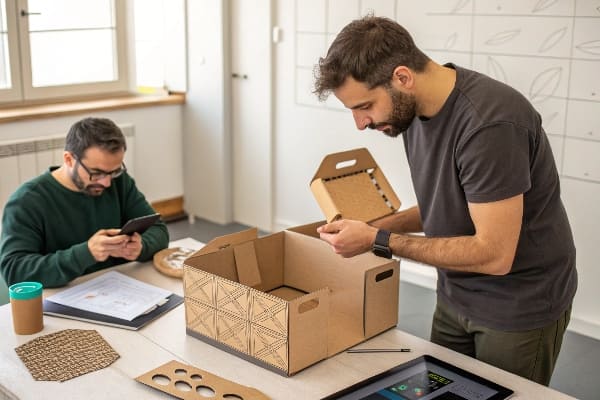
Why modelling with cardboard saves time and money
I build full-size mockups1 for floor, pallet, and counter units. I start with score lines and tabs. I avoid complex hardware. I test load with sandbags and real products. I photograph assembly steps. I mark each panel with numbers to speed store setup. I keep tools simple, like a knife, tape, spray glue, and a ruler. My team sends a PDF dieline and a 3D render for review. Edits take hours, not weeks. A hunting client once asked for a locking hook for bow limbs. We tried two ideas in one day. We used an S-curve tab that holds well but still releases. The team approved it on a video call. That small change saved them from a failed in-store trial and a missed season.
Modelling checklist
| Step | Goal | Tip |
|---|---|---|
| Sketch to dieline | Get basic shape | Keep panels even and simple |
| Cut and score | Test fold paths | Use light scores to avoid cracks |
| Dry fit | Check tolerances | Label edges for reassembly |
| Print mock | Check color and copy | Use the final substrate if possible |
| Load test | Validate strength | Add corner gussets if bending |
| Pack test | Prove logistics | Aim for one-person setup under 5 minutes |
Why is cardboard packaging better?
Many retailers demand recyclable materials. Many brands need lower emissions and safe inks. People also judge a brand by its packaging the second they see it.
Cardboard packaging is better because it balances brand impact with low waste, easy recycling, safe water-based inks, and strong protection. It lowers freight and storage costs and clears retailer sustainability rules without hurting shelf appeal.
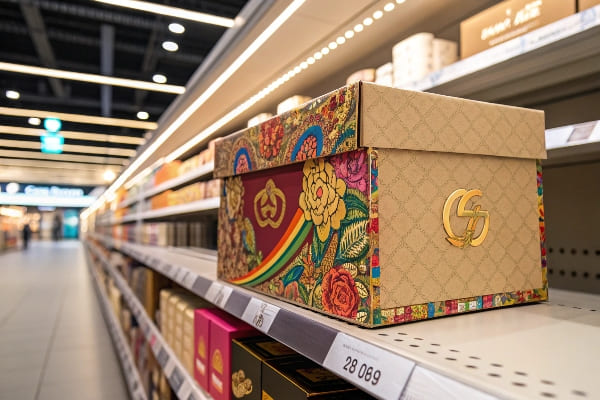
Better for brand, planet, and operations
I choose boards with the right flute and liner for each job. I match print method to volume. Digital helps short runs and fast changes. Offset helps large runs and exact color. I use aqueous coatings2 when stores need scuff resistance. I proof barcodes at real size. I place tear-strips for fast setup. I design trays that lift product and create a strong first row. I keep dies modular, so a new season uses the same base with a new header. This reduces waste and cost. A U.K. retailer asked us to cut plastic windows. We replaced them with a printed reveal and a die-cut contour. Sell-through went up because the product felt honest and bold.
Packaging design matrix
| Decision | Option | When I choose it |
|---|---|---|
| Digital | Short runs, many SKUs | |
| Offset | Big runs, tight color | |
| Coating | Aqueous | Scuff resistance, recyclable |
| Structure | Single-wall | Light to medium loads |
| Structure | Double-wall | Heavy or tall units |
| Window | Die-cut | No plastic, strong story |
What is the purpose of a cardboard box?
Some people think a box only holds a product. In stores, a box does more. It also sells, guides, and protects during travel and display.
A cardboard box protects the product, carries the brand, speeds store setup, reduces freight, and guides the shopper. It boosts visibility, supports promotions, and meets recycling rules, so it helps sell and ship at once.
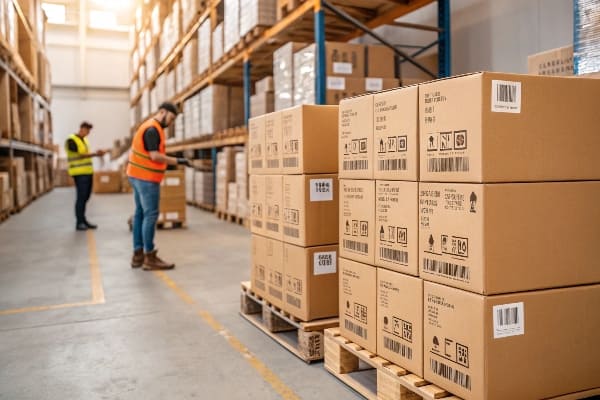
The five jobs of a box in retail
I design boxes for five jobs. First, protect during shipping and restocking. Second, present in the aisle with clean faces and strong colors. Third, place clear claims and specs so shoppers decide fast. Fourth, guide staff with simple setup marks. Fifth, support end-of-life recycling3 with clean materials. In one North American rollout, we printed assembly icons on inner flaps. Store teams set up units in under three minutes. Damages dropped. We also added a QR that linked to a short video. Returns fell because shoppers understood the product. The brand saved money on freight because the packs shipped flat and nested. The team met a tight hunting season window. The display kept its shape in dry and cold air.
The box job map
| Job | Measure | My design move |
|---|---|---|
| Protect | Damage rate | Reinforced edges and trays |
| Present | Time to notice | High-contrast header zone |
| Inform | Time to decide | Simple copy and icons |
| Guide | Setup time | Numbered tabs and arrows |
| Recycle | Material purity | Mono-material board and water ink |
Conclusion
Cardboard gives speed, control, and trust. It helps me launch fast, protect margins, and meet rules. It also looks great in the aisle and keeps shoppers engaged.
Exploring this resource will reveal how full-size mockups enhance design efficiency and accuracy. ↩
Exploring aqueous coatings will reveal their advantages in sustainability and product protection, crucial for modern packaging. ↩
Explore this link to learn effective recycling strategies that can enhance sustainability in packaging. ↩
